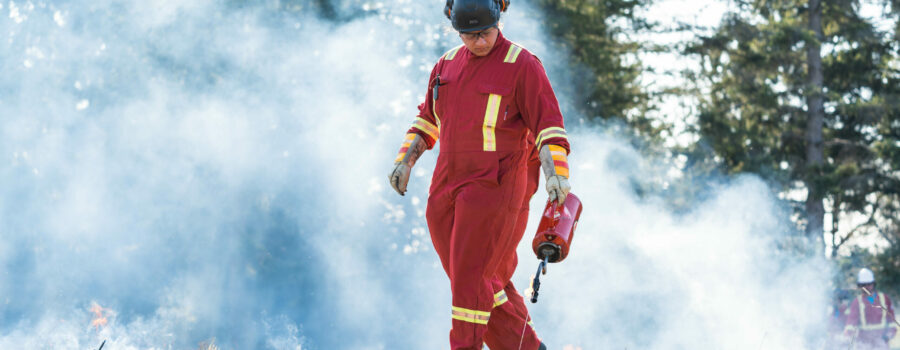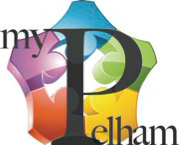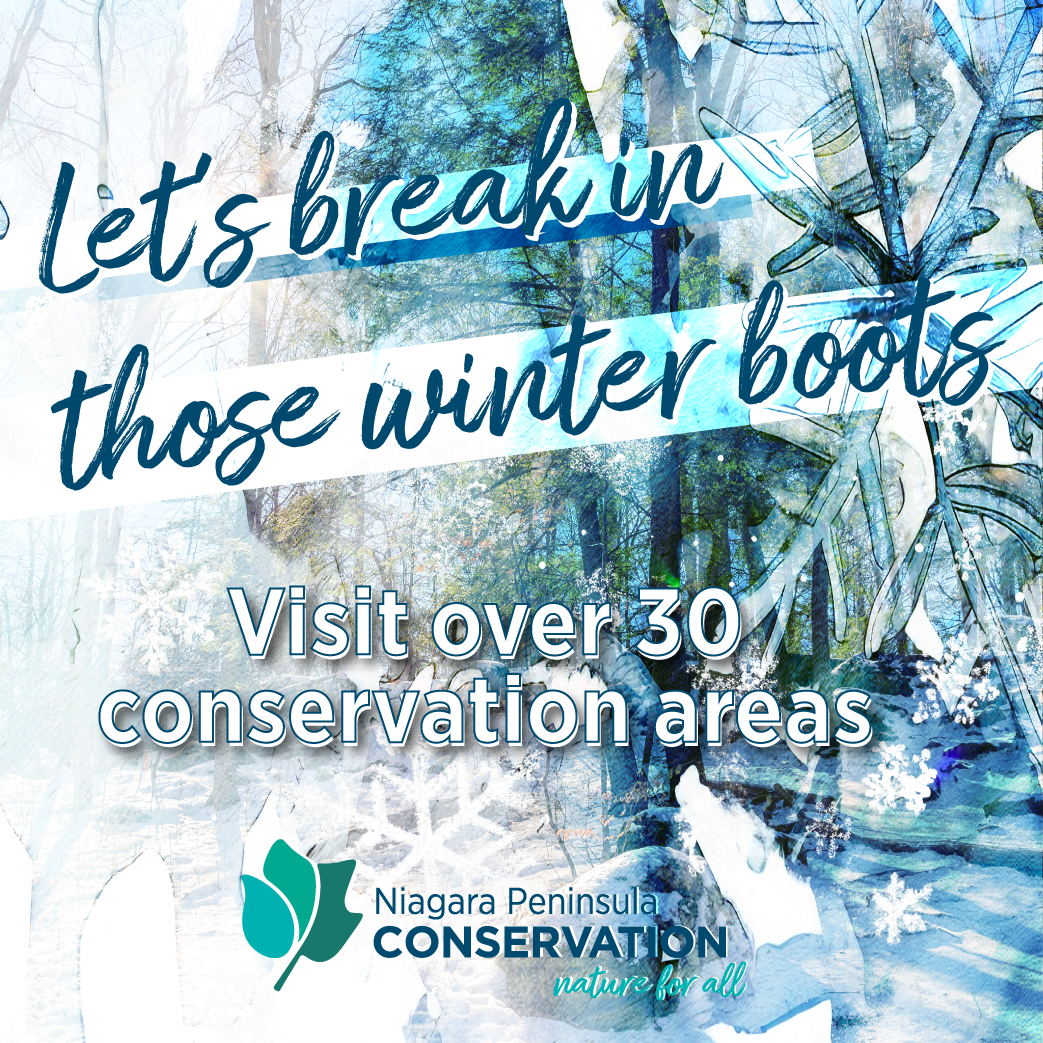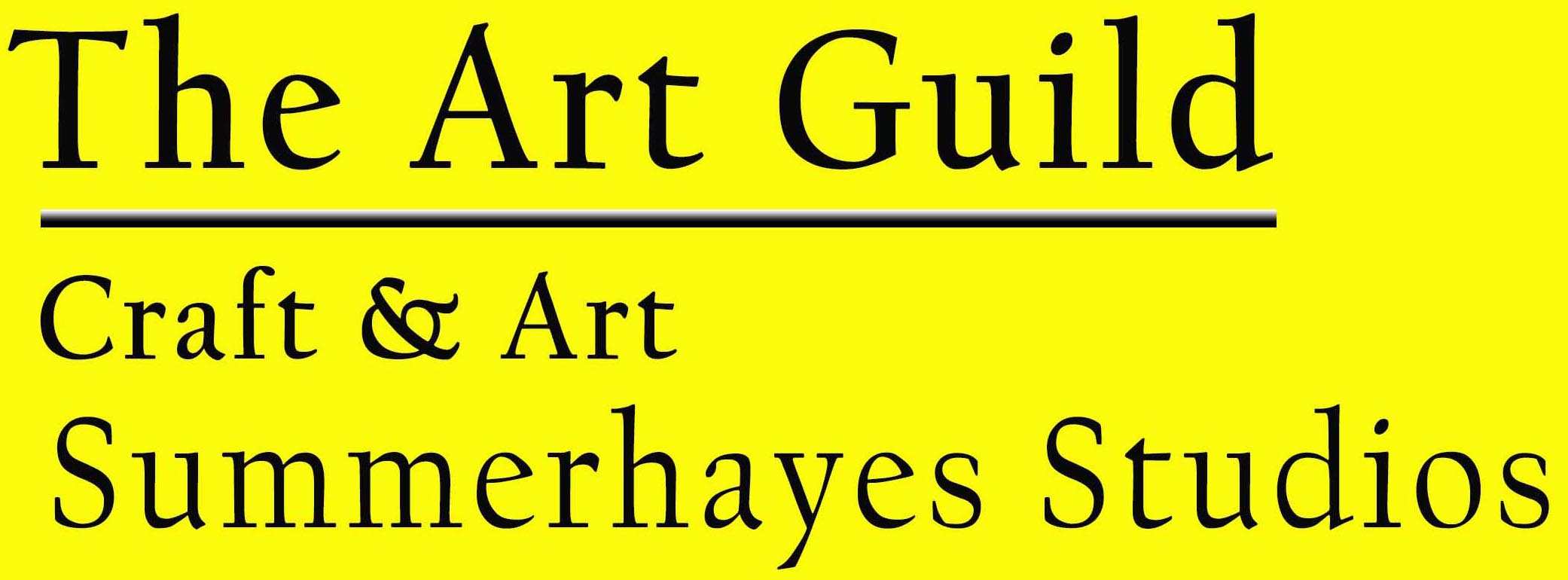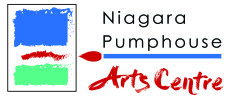Niagara Parks has begun its annual prescribed burn program for the 2024 season to manage several natural areas on selected dates over the next two months. The first successful burn of the season took place on March 7, 2024, at Chippawa Battlefield & South Plain. Future dates will be determined based on weather and atmospheric conditions, with burns starting in the late morning and fully extinguished by late afternoon.
For over a decade, Niagara Parks has successfully conducted prescribed burns on its lands as a vital component of its environmental stewardship responsibilities. Prescribed burns encourage the regeneration of native prairie grasses and plants, returning nutrients back to the soil while reducing invasive and non-native species that threaten biodiversity.
The following prescribed burns have been identified for the 2024 program:
- Chippawa Battlefield, South Plain: Located by Edgeworth Road, Niagara Falls;
- Paradise Grove: Located at the corner of John Street and the Niagara Parkway, Niagara-on-the-Lake;
- Whirlpool Slope: Located across from the Whirlpool Golf Course parking lot;
- Niagara Parks Legacy Prairie Garden: Located adjacent to the Niagara Parks Butterfly Conservatory on the grounds of the Niagara Parks Botanical Gardens;
- Chinquapin Oak Savannah (West and East): Located northeast of the Niagara Parks Botanical Gardens;
- Centennial Lilac Garden: Located across from the Floral Clock;
- Whirlpool Golf Course.
Background Information
To mimic the natural process of fire, prescribed burning has been developed as an effective tool to manage natural areas. Fire helps control the spread of invasive species, encourage the germination of dormant native seeds within the soil, and return important nutrients back into the earth. These native grasslands are dependent on fire as a management and maintenance strategy.
Niagara Parks has been using prescribed burns to manage its grassland habitats since 2008, starting with Paradise Grove, a rare black oak savannah in Niagara-on-the-Lake. Since 2016, Niagara Parks has been actively restoring the 50-hectare (120 acre) Chippawa Battlefield property into a native prairie habitat, which supports grassland-dependent bird species and numerous other wildlife.
With support from the Ministry of Natural Resources and Forestry, the Niagara Parks prescribed burn program has since grown to manage 12 grassland sites annually. Led by the RX200 trained Burn Boss, all Niagara Parks employees who participate in the prescribed burns must complete the RX100 Low Complexity Burn Worker certification.
Environmental Stewardship at Niagara Parks
Stewardship of the natural environment has always been a central element of Niagara Parks’ mandate and operations. Niagara Parks continuously seeks innovative and sustainable solutions to minimize our environmental footprint. Today, invasive species present some of the most pressing and potentially destructive threats to Ontario’s natural environment and indigenous wildlife. While new invasive threats can arrive at any time, Niagara Parks is currently focused on fighting the insects and plants that pose the most immediate and significant threats.
This summer, Niagara Parks and its partners are developing strategies for managing the highly invasive Phragmites (Common Reed), which is the tall grass that takes over wetlands, wet meadows and ditches. Other top priorities include Oak Wilt, an invasive fungus targeting Oak trees and Spotted Lanternfly, an insect pest that could negatively impact over 70 different tree species. One of the mitigation strategies Niagara Parks has been implementing is the active removal of known host plants, such as the invasive Tree-of-Heaven, to limit the establishment and potential spread of the Spotted Lanternfly. Another helpful strategy is the inventorying of invasive species, including through citizen science led BioBlitz events, which were a successful tool last year and will be undertaken again this year.
For more information on Niagara Parks invasive species management, visit niagaraparks.com/stewardship.
Media Assets are available here.

